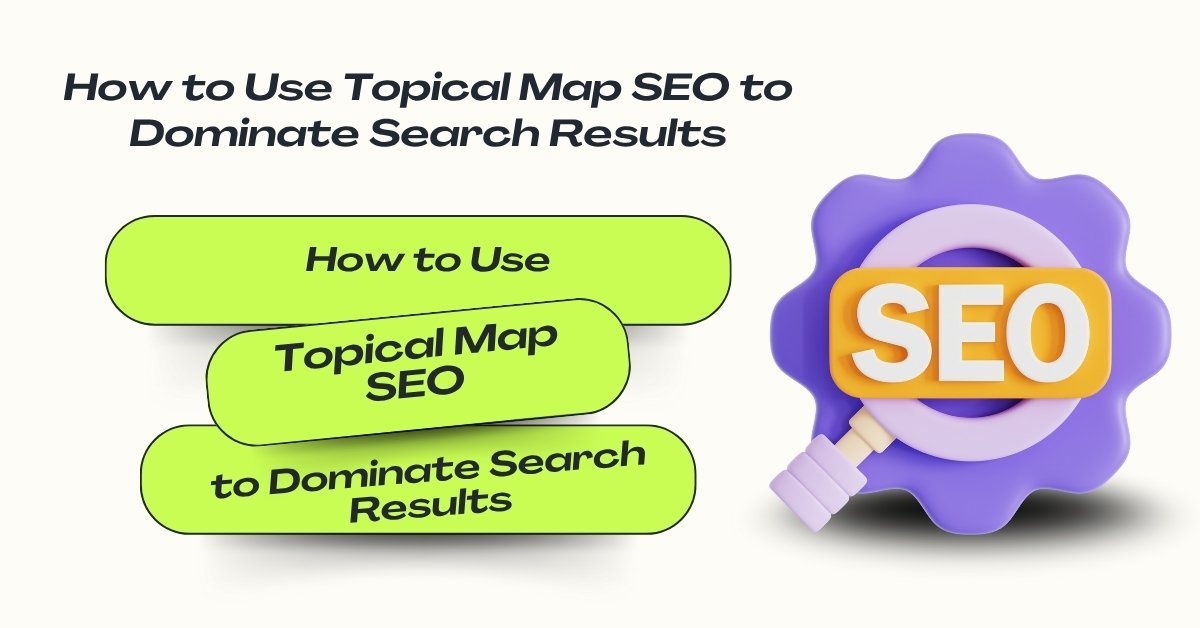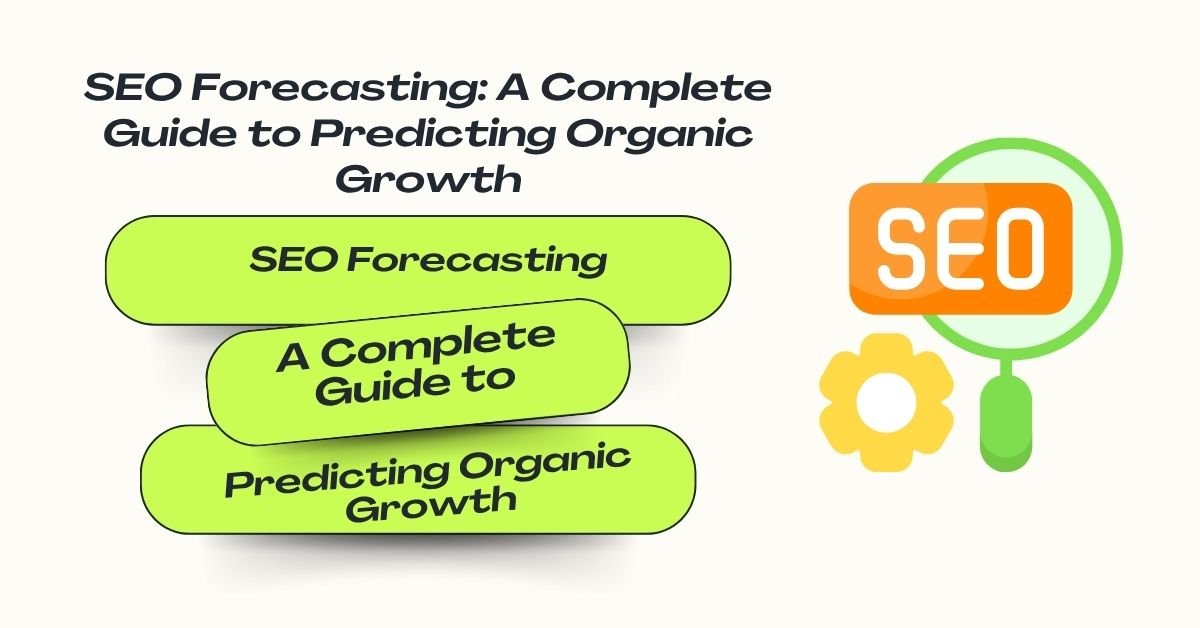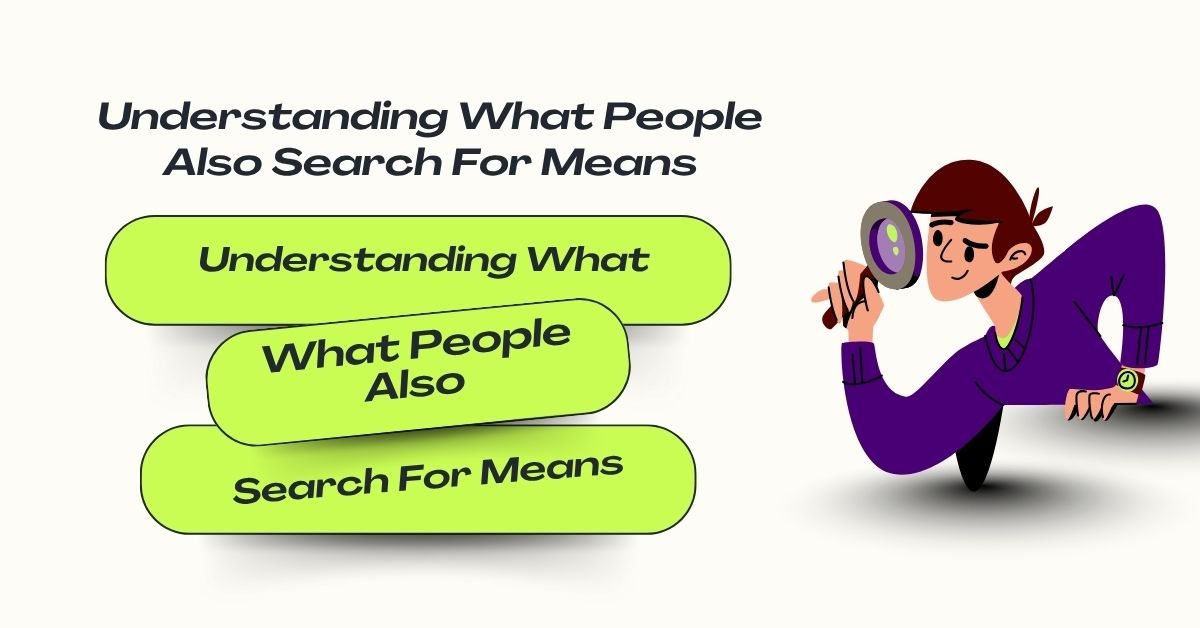
How to Use Topical Map SEO to Dominate Search Results
Topical Map SEO is the process of structuring your content around related themes instead of treating each blog as a stand-alone piece. It’s about structuring your content around themes that build authority in your niche. By creating a web of related topics, you help search engines see your site as the go-to resource. This strategy doesn’t just boost rankings; it improves user experience by offering clear, connected answers. When done right, Topical Map SEO positions your brand above competitors, making your content hard to ignore in search results. It’s a long-term approach to dominate visibility and win trust in competitive markets.
What Is a Topical Map in SEO?
A Topical Map SEO strategy is about organizing content around broader themes instead of chasing single keywords. A topical map builds a structured web of related topics, showing how subtopics connect to a central theme, unlike keyword clusters, which group phrases with similar intent. Topical mapping focuses on establishing topical authority by covering an entire subject in depth. Search engines reward this approach because it signals expertise and trustworthiness. By using a clear topical map in SEO, you position your site as the go-to resource, driving more substantial rankings and long-term visibility.
How to Build a Topical Map for SEO ?
A strong content strategy today goes beyond keywords; it’s about building authority around topics. That’s where a Topical Map SEO approach comes in. By mapping your content into clear clusters, you can guide both search engines and readers to see your expertise. Here’s a simple step-by-step guide.
Step 1 – Identify Core Topics & Pillar Pages
Start by defining your main subject areas, also known as pillar pages. These are broad themes that your brand wants to be known for. For example, if you run a digital marketing blog, core topics might be SEO, content marketing, and PPC. Each pillar should represent a high-level keyword with strong search demand.
These pillars act as your “home base,” providing in-depth overviews. They set the foundation for your topical authority and give you room to build supporting articles later.
Step 2 – Research Subtopics & Semantic Keywords
Once the pillars are set, dive deeper with keyword research. Look for subtopics, long-tail keywords, and semantic variations that people search for. Tools like Google’s “People Also Ask” and keyword planners can help.
For instance, under your SEO pillar, subtopics include on-page SEO, technical SEO, or backlinks. By layering these subtopics, you start to build a topical map SEO strategy that ensures no important question goes unanswered.
Step 3 – Organize Content into Topic Clusters
Now, group your content into clusters. Each cluster connects back to its pillar page. This structure shows Google that your website covers the subject in detail.
Think of it as a tree: the pillar is the trunk, and each supporting article is a branch. The more branches you add, the stronger and more comprehensive your tree becomes. This clustering not only boosts rankings but also improves user navigation.
Step 4 – Build Internal Linking Structure for Authority
Internal linking is where the real magic happens. Link each subtopic article back to its pillar page, and also cross-link related subtopics. It tells search engines that your site isn’t just touching the surface, it’s building topical depth.
A well-linked content cluster strengthens your authority and helps distribute link equity across your site. It’s one of the simplest yet most effective ways to boost your Topical Map SEO performance.
Step 5 – Continuously Update With Fresh Content
Search engines reward freshness. Review and update your content regularly, adding new data, updating stats, or including recent examples. You can also expand clusters with fresh subtopics as trends shift.
By keeping your content ecosystem alive, you ensure long-term visibility and relevance. This habit also signals to Google that your website is a trusted, active source of information.
Creating Content That Builds Topical Authority
Once your topical map is structured, the next step is turning it into content that proves expertise. Search engines reward sites that don’t just mention a topic but own it through in-depth, well-organised coverage. This is where your pillar and cluster strategy comes to life.
1. Structuring Pillar Pages and Cluster Content
Pillar pages are the foundation of your topical authority. They act as the central hub that introduces the main subject and links out to detailed cluster content. Think of a pillar page as the table of contents, while each cluster page is a dedicated chapter that dives deeper into one part of the story.
A strong pillar page should:
- Cover the topic broadly but not in extreme detail.
- Include internal links to cluster pages for deeper exploration.
- Use clear headers, visuals, and summaries to guide readers.
2. Internal Linking for Strong SEO Signals
Internal linking is the glue that holds your topical map together. Without it, your pillar and cluster content are just isolated pieces. With it, you create a structured path that guides both readers and search engines through your site. When you link cluster pages back to the pillar, you signal to Google that the pillar is the authoritative hub. At the same time, linking between clusters shows depth and reinforces topical relevance.
3. Balancing Informational vs. Transactional Keywords
A winning topical map doesn’t just attract traffic, it attracts the right kind of traffic. To do this, you need a balance between informational and transactional keywords.
- Informational keywords target users who are researching or learning. Example: “What is topical map SEO?” or “How to build content clusters.” These drive awareness and establish authority.
- Transactional keywords target users who are closer to taking action. Example: “Topical SEO services” or “Best SEO agency for content clustering.” These bring in leads and conversions.
Tools & Techniques for Topical Map SEO
Building topical authority isn’t just about writing content; it’s about creating a structured network of related topics that search engines can easily understand. That’s where Topical Map SEO comes in. To execute it effectively, you need the right mix of research tools, AI-powered platforms, and manual techniques.
Keyword & Topic Research Tools
Platforms like Ahrefs, SEMrush, and SurferSEO help uncover related keywords, cluster topics, and identify content gaps. Ahrefs excels in keyword clustering, SEMrush provides competitive insights, and SurferSEO guides semantic optimization, making them essential for building a solid topical foundation.
AI-Powered Tools for Topical Maps
AI-driven platforms are changing how we approach Topical Map SEO. They can analyze vast keyword sets, suggest semantic connections, and even generate content outlines. It speeds up the process of identifying clusters that support topical authority while ensuring your site covers every angle of a subject.
Manual SERP Analysis & Competitor Mapping
No tool replaces human insight. Analyzing Google SERPs manually helps you understand user intent and what people actually expect when they search. By reviewing top-ranking competitor content, you can map gaps and opportunities, ensuring your topical clusters align with both search engines and real readers.
| Tool | Use Case | Benefit |
| Ahrefs | Keyword clustering | Find related queries |
| SurferSEO | Content mapping | Semantic optimization |
| Google SERPs | Manual mapping | User intent analysis |
Measuring and Refining Your Topical Map SEO Strategy
Building a topical map is not a one-time task; it’s an ongoing process. Search trends evolve, competitors adjust their strategies, and new questions emerge in your niche. To stay ahead, you need to measure performance and refine your topical map regularly.
1. Tracking Keyword Growth Across Clusters
A topical map only proves its value when you can see results, and that starts with tracking keyword growth. Each cluster you create should steadily build visibility around its subtopic, feeding authority back to the pillar page.
2. Monitoring Search Visibility with SEO Tools
Keyword rankings give you a snapshot, but search visibility shows the bigger picture. Search visibility measures how often your site appears across all relevant queries, not just a handful of tracked keywords. It’s a stronger indicator of whether your topical map is working as a whole.
3. Updating Content to Maintain Authority
Search engines reward freshness. Even the most detailed guide can lose rankings if it becomes outdated. That’s why regularly updating your topical map content is just as important as creating it.
Start by reviewing your pillar and cluster pages every few months. Ask:
- Are there new trends, tools, or stats I should add?
- Have search patterns changed, creating new keyword opportunities?
- Are competitors publishing fresher, more detailed versions?
Common Mistakes to Avoid in Topical SEO
While topical maps are powerful, many websites fail to get results because they overlook key details. Avoiding these mistakes can save months of wasted effort.
- Publishing in Isolation: Writing random blogs without connecting them to a pillar weakens authority. Every piece should have a purpose in the map.
- Overlapping or Duplicate Topics: Covering the same angle multiple times confuses search engines and dilutes rankings. Each cluster must be unique and focused.
- Ignoring Search Intent: Targeting keywords without understanding whether users want information, a solution, or a product leads to poor engagement and low conversions.
- Thin Content: Short, surface-level posts don’t build authority. Depth and detail are what signal expertise.
- Weak Internal Linking: Without strategic links, your clusters won’t strengthen the pillar page. This is one of the most common reasons topical maps fail.
Key Takeaways – Why Topical Maps Dominate Search Results?
- Topical Map SEO builds long-term authority.: Unlike chasing single keywords, topical map strategies strengthen your entire niche. It signals expertise to Google and creates a sustainable foundation for ranking.
- Crucial for Google Discover and AI-driven SERPs: Algorithms now prioritize depth and context. A strong topical map SEO framework ensures your site is surfaced in Discover feeds and AI-powered results.
- Levels the playing field for smaller websites: Even if big brands dominate, a well-structured topical map SEO approach helps smaller sites compete by showing Google you cover a subject comprehensively.
- Supports future-proof ranking strategies: With the evolution of AI search, topical map SEO ensures your content aligns with user intent, boosts visibility, and dominates SERPs across multiple angles.
This is why topical maps aren’t just a tactic; they are the backbone of modern SEO authority.
Conclusion:
The way people search and the way Google ranks content have changed forever. Keywords alone are no longer enough. Search engines now reward depth, authority, and context, which is precisely what Topical Map SEO delivers. By organising your content into pillars and clusters, you’re not just creating blogs, you’re building a knowledge ecosystem. This signals to Google that your site is the go-to authority in your niche. The payoff? Higher rankings, more organic traffic, and stronger trust with your audience.





Add Comment